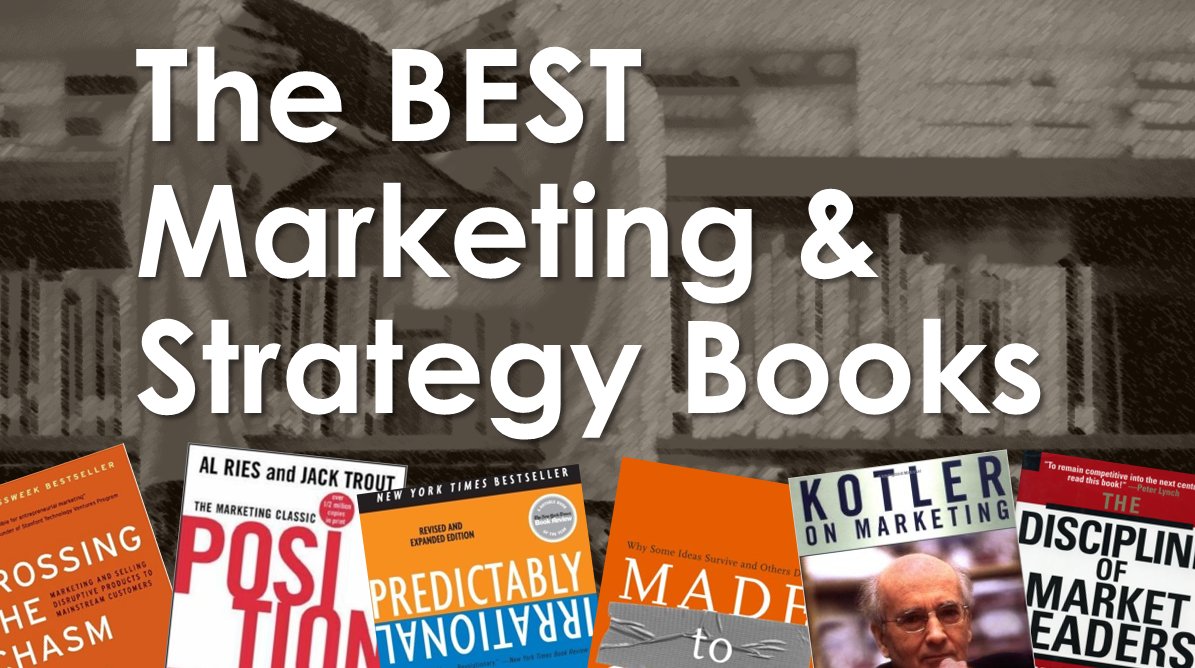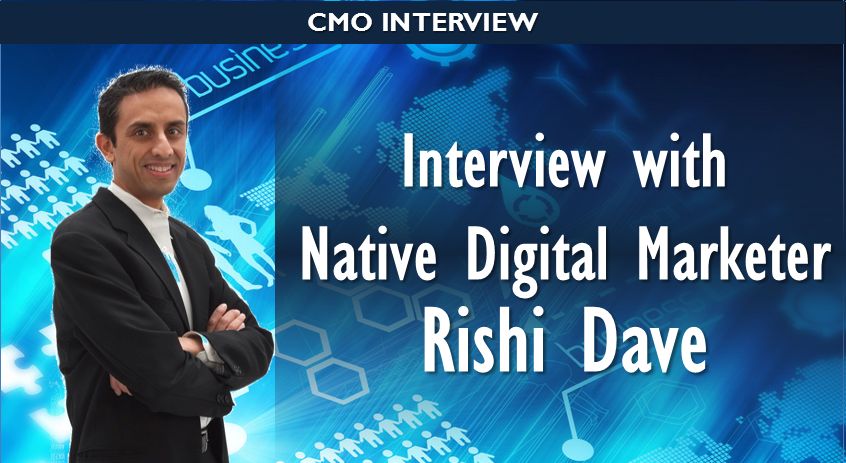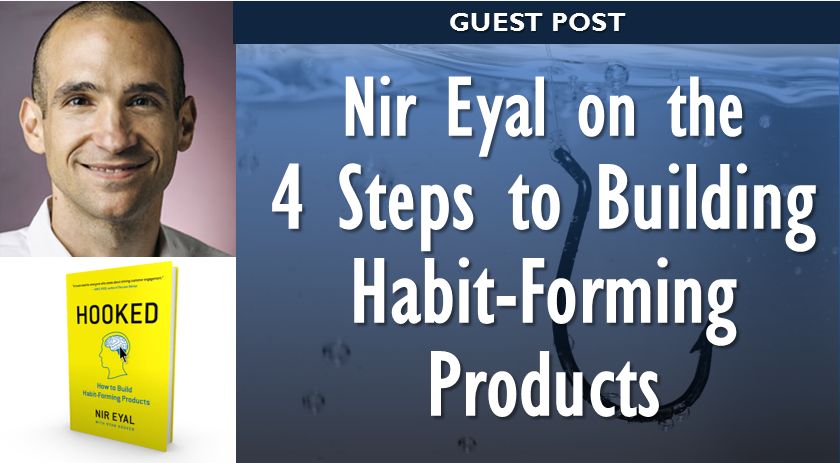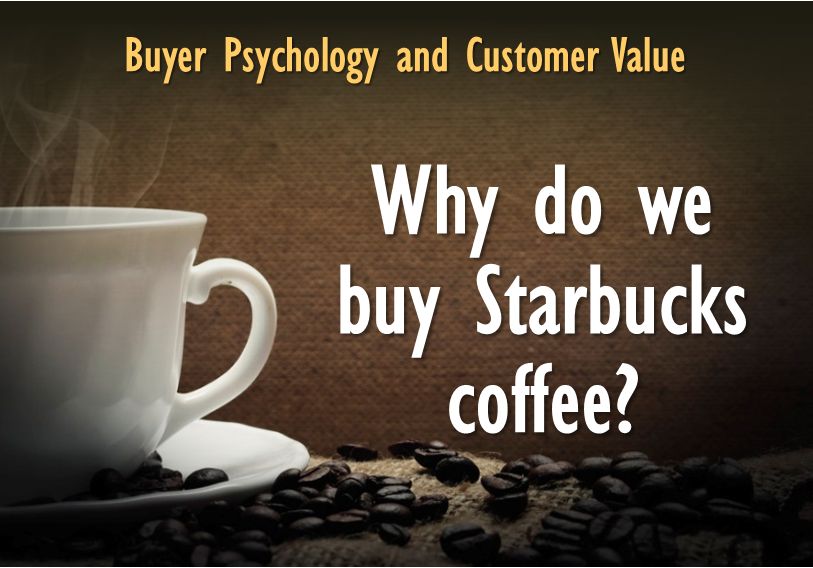By now we have all read a handful of posts on marketing predictions for the New Year. While some predictions reflect trends and areas where marketers definitely need to look into, some are potentially more distracting than useful.
The marketing job never ends: there is always something else we could be doing to grow the business. Marketing is getting more and more complex. These two factors drive, today more than ever, the importance of focus.
The essence of focus are the things you will not do. Focus is about understanding the distractions, the buzzwords, the nice-to-haves and even the good opportunities that we must pass on to allow us to work on those activities that will have the best results.
This is why I wanted to share my Marketing Un-Predictions for the year:
- Mobile first is wrong. I am not saying to ignore mobile. I am suggesting we should kill mobile projects in lieu of thinking cross-device always. Today, there is no “mobile”: the line between smartphones, tablets and portable computers is blurred. Marketers must think cross-device (responsive design, device-neutral, cross-browser) from the beginning for all important channels: Websites to marketing campaigns should be designed for mobile and tablet and desktop and everything in-between.










